Pakistan, home to some of the most revered Sikh pilgrimage sites, offers a spiritual retreat for devotees and history enthusiasts alike. The grandeur of these sacred places speaks of a rich past, where devotion and resilience intertwine. Despite historical and political shifts, these sites remain timeless symbols of Sikh heritage, attracting thousands of pilgrims every year. From the birthplace of Guru Nanak to the final resting places of revered Sikh Gurus, Pakistan holds an unparalleled significance in the Sikh faith.
Gurdwara Darbar Sahib, Kartarpur: The Final Abode of Guru Nanak
Located in the Narowal district, Gurdwara Darbar Sahib, Kartarpur stands as one of the most significant pilgrimage sites for Sikhs. It is here that Guru Nanak, the founder of Sikhism, spent the last 18 years of his life and attained Joti Jot (union with the divine). The gurdwara, nestled by the Ravi River, offers a breathtaking view with its serene white structure exuding peace and spirituality.
The site remained largely inaccessible for Indian Sikh pilgrims until 2019, when the governments of India and Pakistan collaborated to establish the Kartarpur Corridor, allowing visa-free access to devotees. The initiative rekindled hope, fostering interfaith harmony and ensuring that the spiritual essence of Guru Nanak’s teachings remains alive. The gurdwara’s architecture, a blend of Mughal and contemporary styles, captivates visitors, while its peaceful surroundings offer a space for deep reflection and prayer.
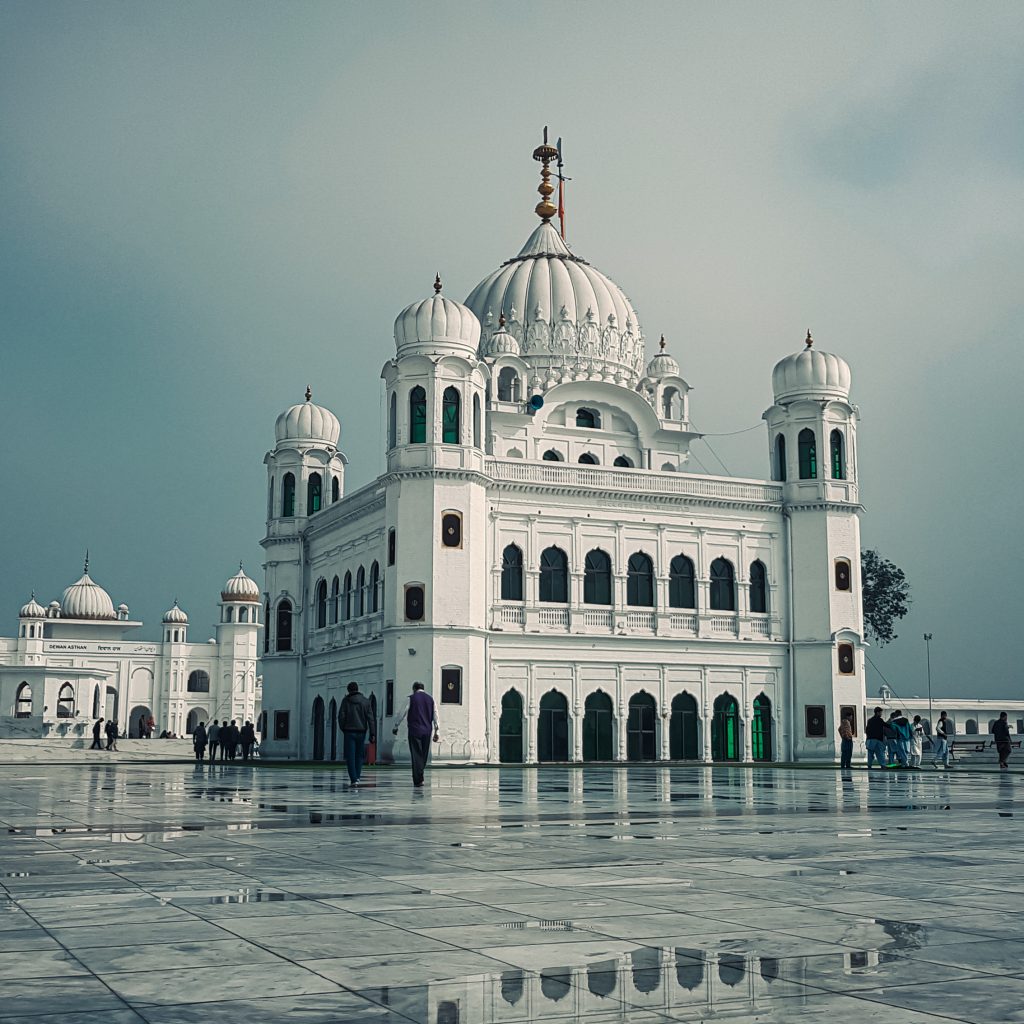
Gurdwara Janam Asthan, Nankana Sahib: Birthplace of Guru Nanak
Nankana Sahib, situated in Punjab, Pakistan, holds the esteemed Gurdwara Janam Asthan, marking the birthplace of Guru Nanak. This site is the epicenter of Sikh faith, attracting thousands of pilgrims during Guru Nanak Gurpurab, the birth anniversary of the first Sikh Guru. The gurdwara, surrounded by lush landscapes, stands tall with its exquisite domes and elegant structure, narrating tales of devotion and spiritual enlightenment.
During the colonial era, Nankana Sahib witnessed the Saka Nankana Sahib massacre (1921), where Sikh activists laid their lives to reclaim control of the gurdwara from corrupt custodians. This historical event played a crucial role in the Sikh Gurdwara Reform Movement. Today, the site stands not just as a place of worship but as a symbol of resilience and sacrifice.
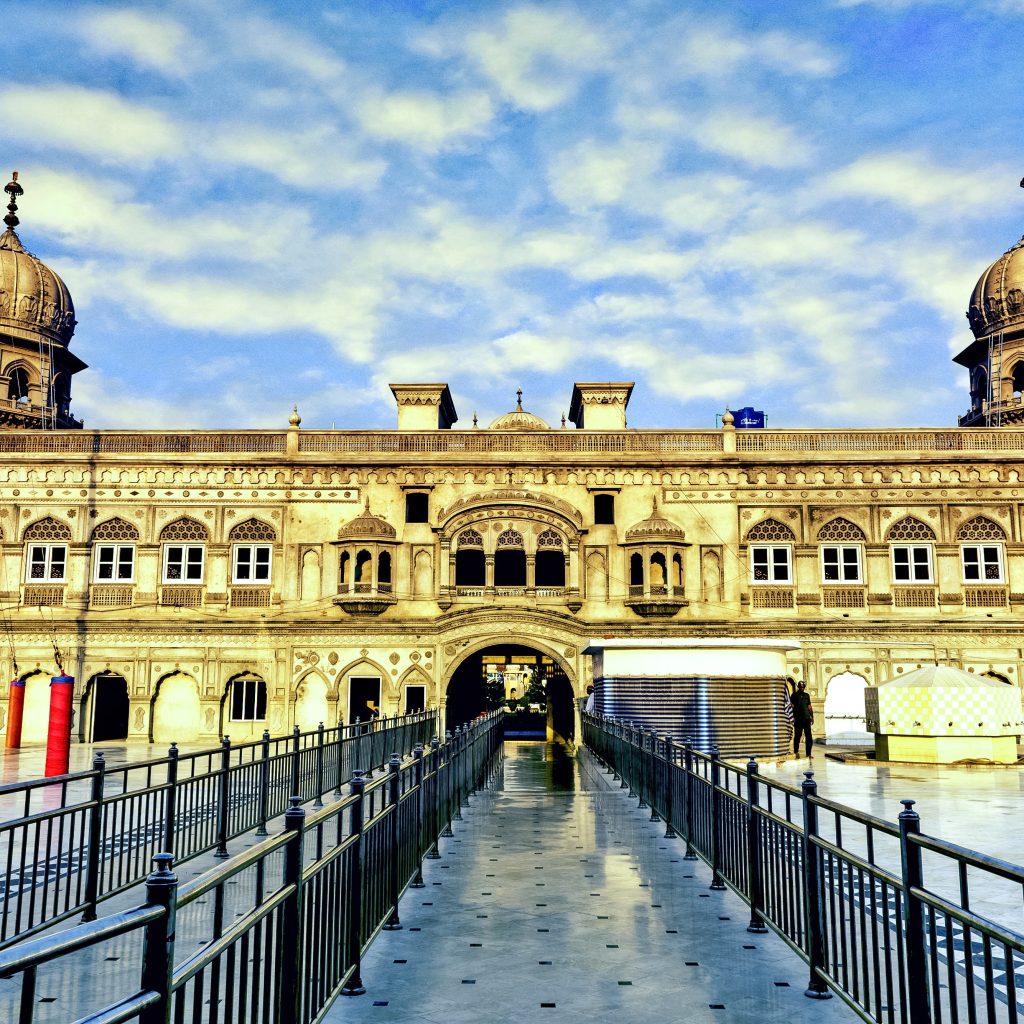
Gurdwara Panja Sahib, Hasan Abdal: The Sacred Handprint
The town of Hasan Abdal, near Rawalpindi, houses one of the most venerated Sikh pilgrimage sites, Gurdwara Panja Sahib. The gurdwara derives its name from a sacred rock imprinted with Guru Nanak’s handprint (Panja). According to Sikh lore, Guru Nanak and his companion Bhai Mardana were traveling through the region when they encountered a local saint, Wali Qandhari. A dispute arose regarding access to water, and Guru Nanak miraculously caused a fresh water spring to emerge by pressing his hand against a rock, leaving a permanent imprint.
Panja Sahib remains a testament to Guru Nanak’s divine presence and his message of compassion and service. The gurdwara’s vast marble structure and its tranquil atmosphere provide an ideal setting for devotees to immerse themselves in prayer. Every year, Sikh pilgrims from around the world visit this sacred site, reaffirming their faith and paying homage to their revered Guru.

Gurdwara Dera Sahib, Lahore: Honoring Guru Arjan Dev
Lahore, a city rich in history and culture, houses Gurdwara Dera Sahib, the site of Guru Arjan Dev’s martyrdom. The fifth Sikh Guru was subjected to extreme torture on the orders of Mughal Emperor Jahangir, eventually attaining martyrdom in the Ravi River in 1606. This tragic yet heroic sacrifice holds a significant place in Sikh history, symbolizing the unyielding spirit of Sikhism.
The gurdwara, an architectural masterpiece, stands adjacent to the Lahore Fort and Badshahi Mosque. Its golden dome, intricate artwork, and peaceful surroundings create an aura of divinity. The site is an essential part of Sikh pilgrimage, especially during Shaheedi Gurpurab, when devotees gather to commemorate Guru Arjan Dev’s martyrdom with prayers and kirtans.
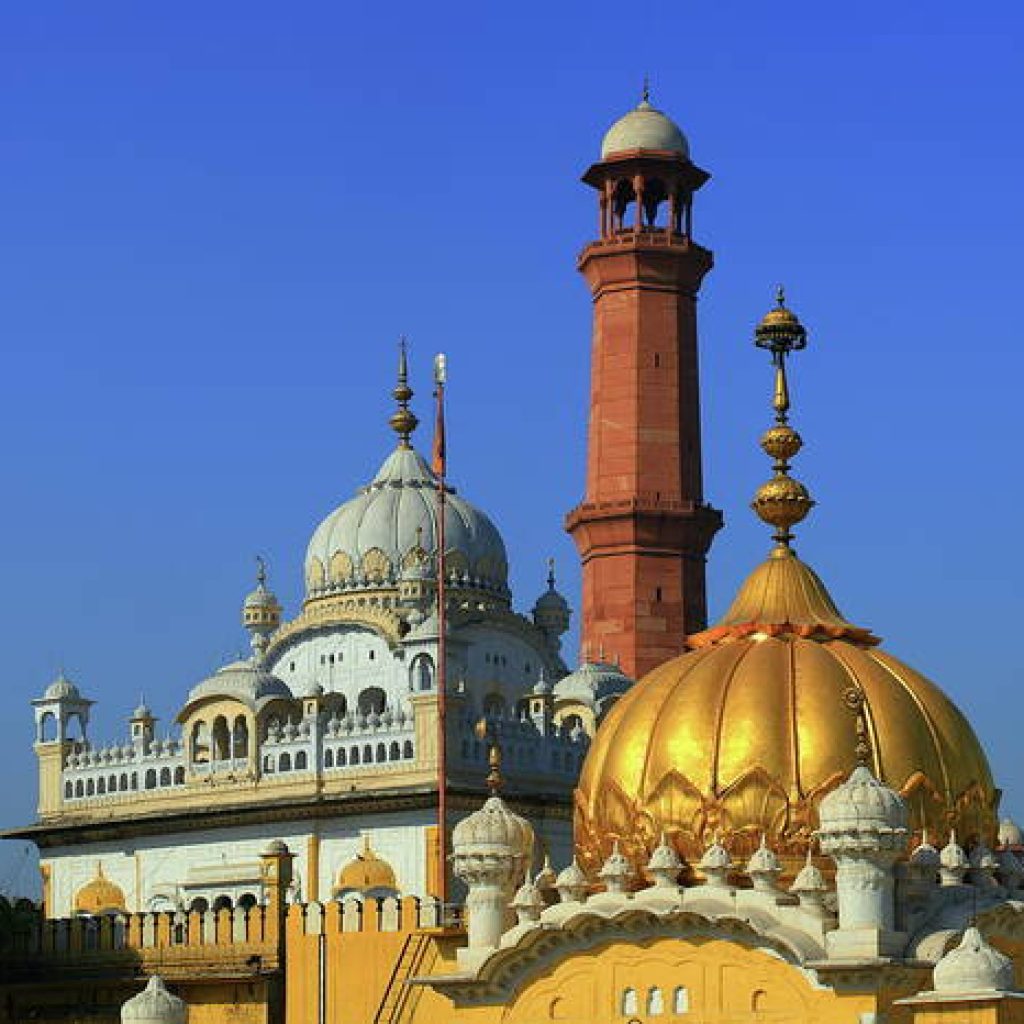
Gurdwara Rori Sahib, Eminabad: A Tale of Devotion
Eminabad, a historic town near Gujranwala, is home to Gurdwara Rori Sahib, associated with Guru Nanak’s travels during the Mughal invasions. As per Sikh tradition, when Babur’s forces attacked the region, Guru Nanak and his followers took refuge at this site, spending nights on a bed of pebbles (rori). This act of humility and detachment from material comforts emphasizes Sikhism’s core values of simplicity and devotion.
The gurdwara, though modest in its construction, exudes immense historical and spiritual significance. Pilgrims visit this sacred site to pay tribute to Guru Nanak’s teachings and the resilience of the Sikh community during turbulent times.
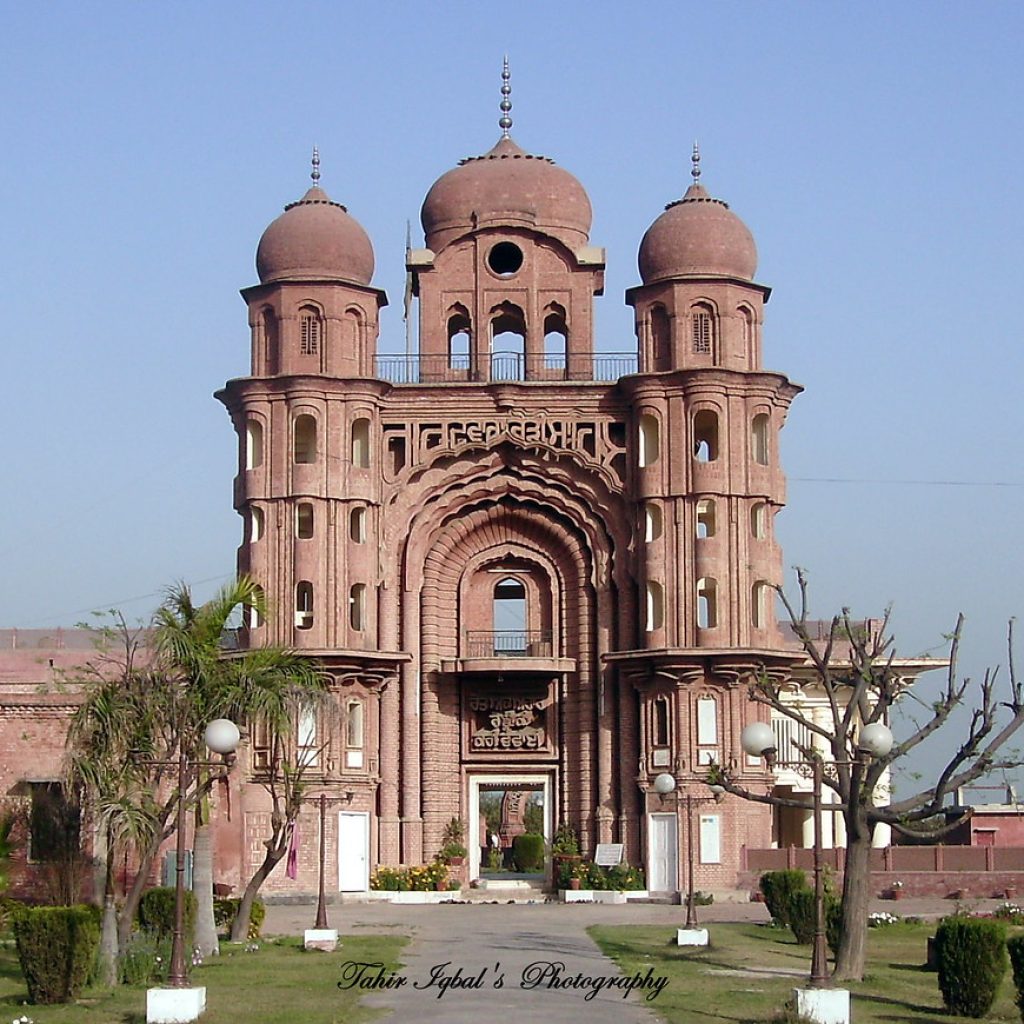
Gurdwara Sacha Sauda, Farooqabad: The True Trade
Gurdwara Sacha Sauda, located in Farooqabad (Sheikhupura), marks an important event from Guru Nanak’s early life. According to Sikh history, Guru Nanak’s father gave him money to conduct a profitable business transaction. However, upon encountering hungry ascetics, Guru Nanak chose to use the money to feed them, declaring it the true trade (Sacha Sauda).
The site now stands as a reminder of Sikhism’s emphasis on selfless service and generosity. The gurdwara, adorned with beautiful domes and a vast courtyard, welcomes devotees who seek inspiration from Guru Nanak’s profound act of kindness.
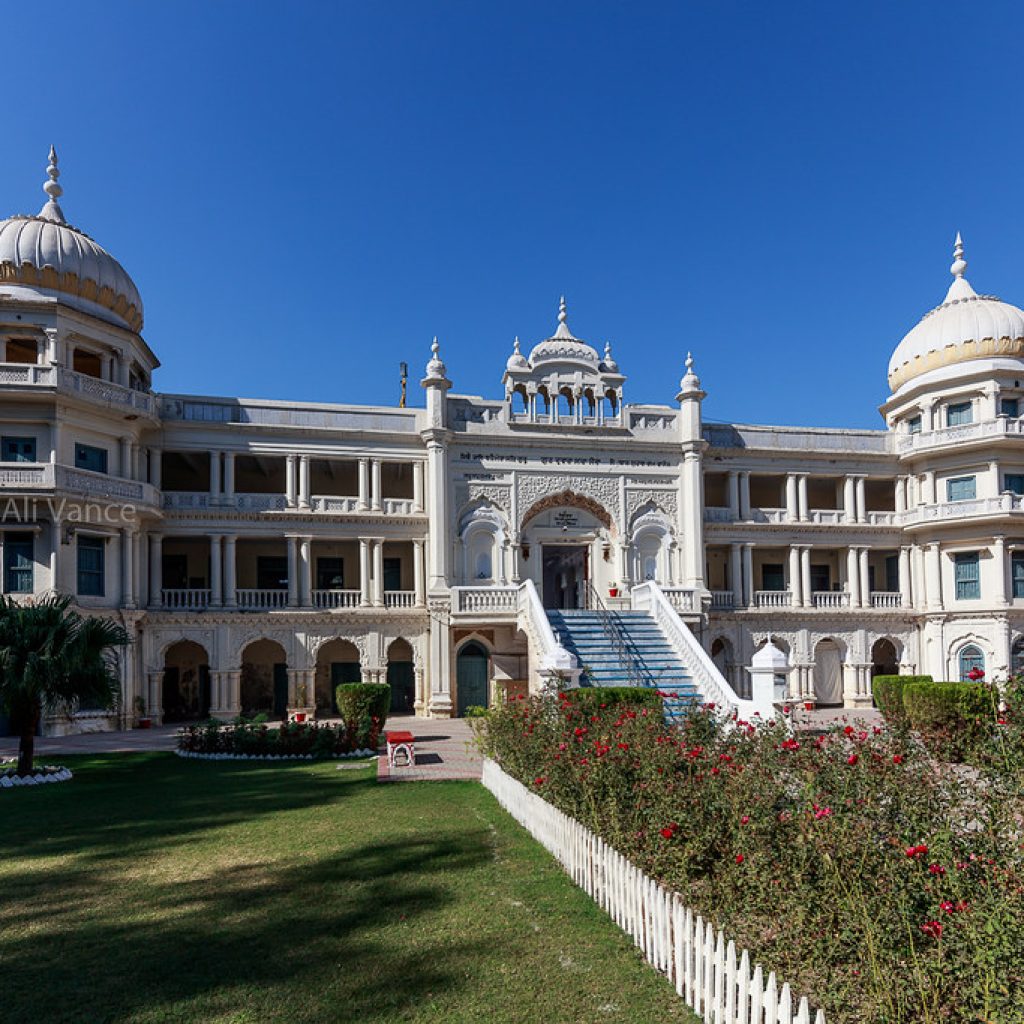
Other Prominent Sikh Sites in Pakistan:
Beyond these key gurdwaras, Pakistan is home to numerous other Sikh pilgrimage sites, each carrying its unique historical significance:
- Gurdwara Bhai Joga Singh, Peshawar – Honoring Bhai Joga Singh, a devoted disciple of Guru Gobind Singh.
- Gurdwara Sri Patti Sahib, Lahore – Where Guru Nanak received his early education.
- Gurdwara Sri Dera Sahib, Lahore – Close to Guru Arjan Dev’s martyrdom site, adding to the city’s spiritual landmarks.
- Samadhi of Maharaja Ranjit Singh, Lahore – The final resting place of the legendary Sikh ruler who expanded the Sikh Empire.
Preservation and Challenges:
Despite their historical magnificence, many Sikh pilgrimage sites in Pakistan face challenges such as neglect, lack of maintenance, and limited access for international pilgrims. While the government has made efforts to restore key sites, concerns remain regarding their long-term preservation.
The Evacuee Trust Property Board (ETPB), responsible for overseeing Sikh heritage sites in Pakistan, has undertaken restoration projects, but the pace remains slow. Initiatives like the Kartarpur Corridor have rekindled hope for better management and accessibility of Sikh pilgrimage sites, fostering a bridge of cultural and religious harmony between India and Pakistan.
Conclusion: A Timeless Legacy
Pakistan’s Sikh pilgrimage sites stand as timeless testaments to faith, resilience, and history. From Kartarpur Sahib to Nankana Sahib, these sacred places not only connect devotees to their spiritual roots but also serve as a beacon of interfaith unity. Despite challenges, the Sikh community continues to cherish and preserve its heritage, ensuring that the legacy of Guru Nanak and other Sikh Gurus remains alive for generations to come.
For Sikhs worldwide, these pilgrimage sites in Pakistan are more than just places of worship; they are living chapters of a history that continues to inspire faith, service, and devotion.
King travels is bringing you a lifetime opportunity of visiting all these sacred places with ease and accessibility. To learn more about our tours, visit: https://kingtravels.co.uk/sikh-yatra/

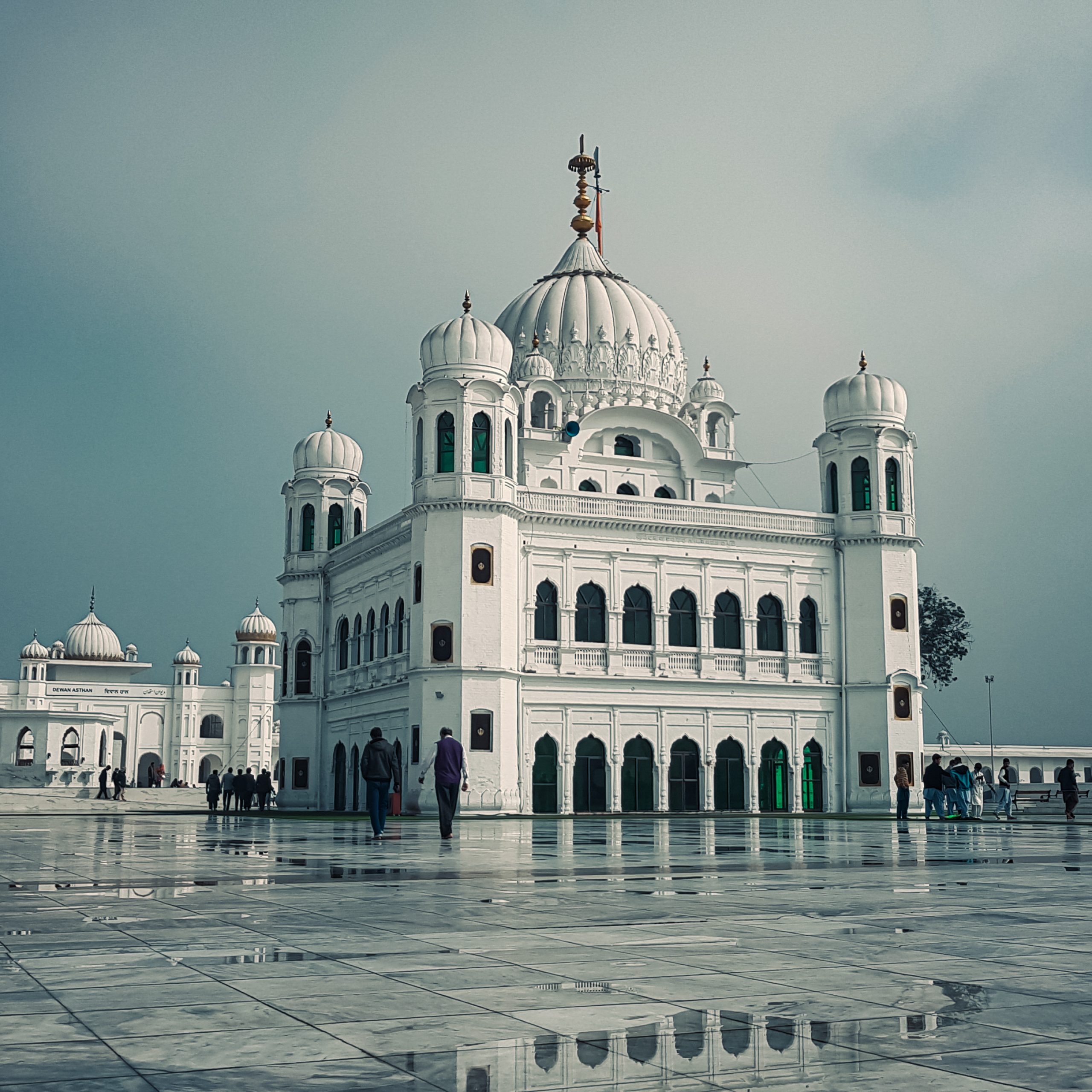
0 Comment